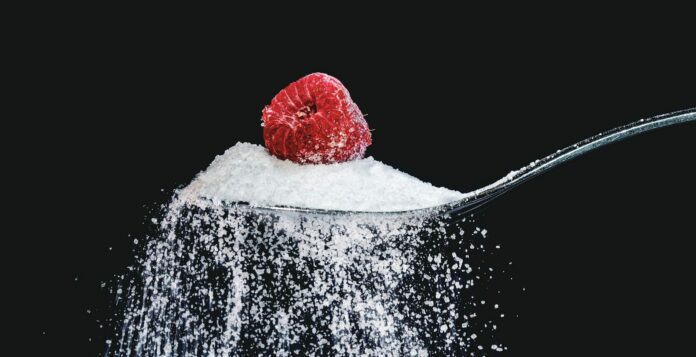Although Starbucks is known for their sweeter drinks, there are people who will still add extra creamer or a packet of sweetener to top it off. What sweetener options are there and just how healthy are they? Americans are wired to have a sweet tooth. Some are stronger than others, but once our taste receptors touch a sugar molecule, there is a rush of dopamine. However, too much sugar is quite bad and can contribute to obesity, cavities, and diabetes. Over the years, Americans have come to realize that added sugars are bad for their health, so there has been a decline in people consuming artificial sweeteners. Many diners and cafes have switched out their artificial sweeteners like Splenda for natural, low-calorie options.
However, even natural sweeteners like stevia have their limitations. There are complaints of a bitter aftertaste or weird textures when added to drinks. Still, there are now a variety of natural sweeteners without actual sugar that can be used to trick your taste buds without the unhealthy results.
1. Allulose
This is a rare sugar that naturally occurs in fig fruits and raisins. It’s not as sweet as normal sugar, but it is still a great alternative. It is a monosaccharide, which means it contains a single sugar molecule. It has 90% fewer calories than sucrose which basically makes it calorie-free. According to WebMD, allulose isn’t actually metabolized by the body. Instead, it’s absorbed through the small intestine and then excreted, so none of the calories are stored in the body. Since it goes through the small intestine, small amounts of allulose is tolerable for the digestive system, however it can cause bloating and gas in large amounts.
2. Stevia
The natural popular sweetener comes from a plant called stevia rebaudiana. People have been chewing on the sweet leaves for years so researchers naturally turned the plant into a natural sweetener. If you’ve never tried stevia, make sure to start with smaller amounts as it is said to be 300 times sweeter than sugar. In its pure form, Stevia has zero calories and carbs. However, a lot of stevia products combine the leaf extract with other ingredients like maltodextrin, dextrose, and other fillers to reduce the sweetness of stevia and make it taste more like sugar. So with the added ingredients, stevia products usually contain small amounts of calories and carbs. The complaints towards stevia is that it usually has a bitter and slightly metallic aftertaste.
3. Monk Fruit
Also known as “lo han guo,” it originates from Southeast Asia from a plant called siraitia grosvenorii. It’s first known usage was from monks living in 13th century China. It was used as Eastern traditional medicine as well as a natural sweetener. The gourd-shaped monk fruit looks similar to a kiwi at first glance, except for its hard, non-furry outer shell and the way it looks on the inside. The sweetness comes from the juice and pulp from inside. The juice is collected and then dried up as a concentrate to use as the natural sweetener. While monk fruit does naturally contain glucose and fructose, after processing it only contains mogroside. That’s the main compound that’s responsible for a zero-calorie sweetener. Monk fruit is typically mixed with other ingredients like stevia products. It is wise to check the label if you are looking for sweeteners that have certain qualities to them. The taste of monk fruit has been described as fruity. It is supposedly less bitter than stevia, but can have its own unique aftertaste. Like stevia, monk fruit is extremely sweet. Keep in mind to start with small amounts.
4. Erythritol
A sugar alcohol such as erythritol naturally occurs in foods and plants such as berries. Sugar alcohols are also a great natural sugar substitute as they provide fewer calories. It was originally found in fermented molasses in 1950 and marketed as a natural sweetener in Japan in the 90s. If you’re looking for a sweeter option, this might not be the one for you. Unlike stevia and monk fruit, erythritol is actually less sweet than sugar. The sugar is not zero calorie, but it is actually one with fewer sugar calories among all the sugar alcohol options. This sugar is indigestible as we lack the enzymes to break down the chemicals. Studies have shown that most of ingested erythritol is absorbed and excreted through urine. One of the more interesting things about erythritol is that it can caramelize like sugar and the taste leaves a cooling sensation in the mouth like after you chew mint gum.


